What is Piriformis Syndrome
Piriformis syndrome is a condition characterized by pain, tingling, and numbness in the buttocks, hips, and legs. This occurs when the piriformis muscle, located deep in the buttocks, becomes tight or inflamed, putting pressure on the sciatic nerve.
These symptoms can be debilitating and affect daily activities. Fortunately, the Supine Figure 4 Piriformis Stretch offers an effective solution. By stretching the piriformis muscle, this exercise helps alleviate symptoms and promotes overall relief.
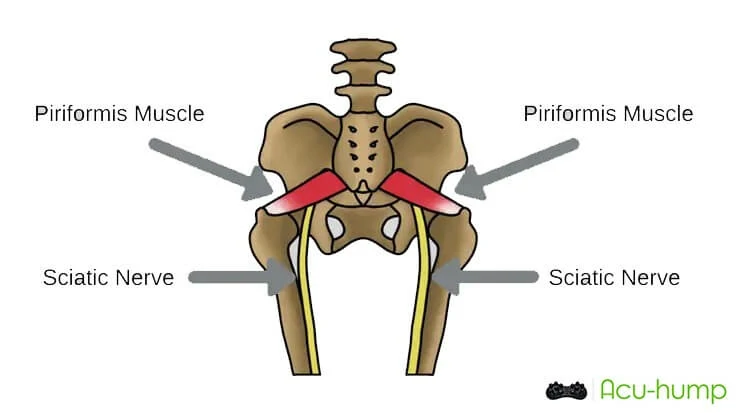

Acu-hump®
Release Butt & Lower Back
Benefits of the Supine Figure 4 Piriformis Stretch
Through stretching, the muscles are lengthened and relaxed, creating more space for the sciatic nerve in the buttocks. With regular practice, individuals may experience reduced pain and discomfort, enabling them to engage in daily activities with greater ease and comfort.
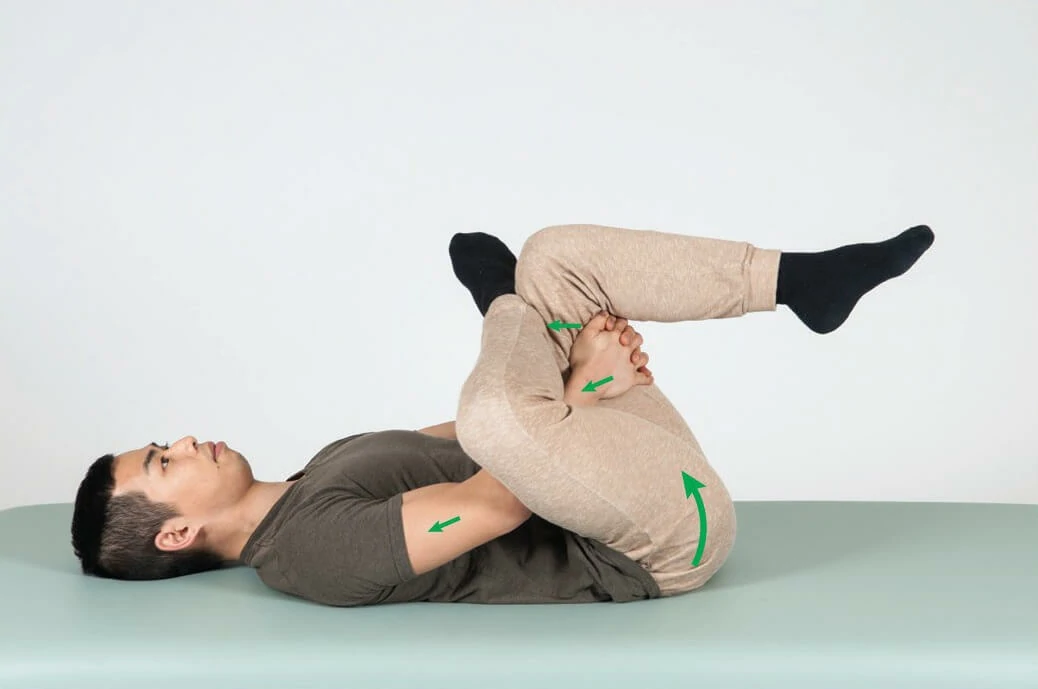
What is the difference between standing, squatting, and seated stretching?
It is easier to perform compared to squatting or standing piriformis stretches.
Unlike seated piriformis stretches, the supine position allows the buttocks to suspend and facilitates a more thorough stretch.
How to Perform the Supine Figure 4 Piriformis Stretch
- To perform the lying down cross leg glute stretch, begin by lying on your back with your knees bent and feet flat on the ground.
- Cross your right ankle over your left knee, creating a figure 4 shape.
- Interlace your hands behind your left thigh and gently pull your left leg towards your chest, pulling your heel towards your hip.
- Hold this position for 20-30 seconds, experiencing a deep stretch in your right buttock and hip.
- Repeat the stretch on the other side, crossing the left ankle over the right knee.
- Repeat this stretch 2-3 times on each side, gradually increasing the duration as your flexibility improves. Improve buttocks mobility with this effective exercise.
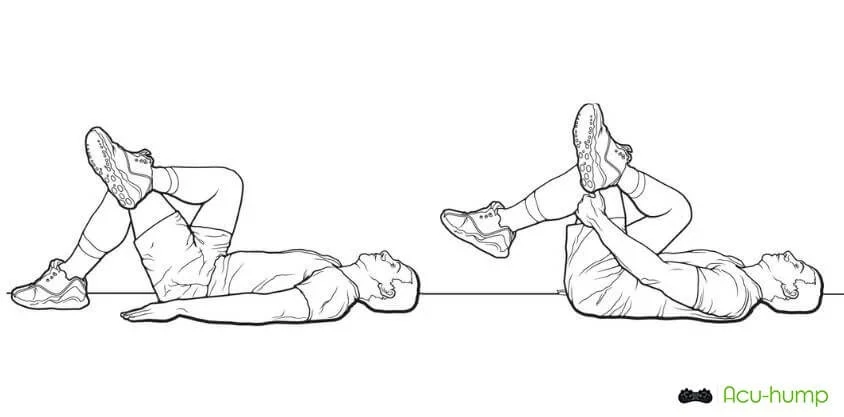
In addition to the Supine Figure 4 Piriformis Stretch, using an Acu-hump during your stretching routine can further enhance the benefits.
The Acu-hump is a massage tool that promotes blood circulation and aids in the recovery of the piriformis muscle. By deep pressing the Acu-hump over the affected area, you can further release tension and alleviate discomfort.
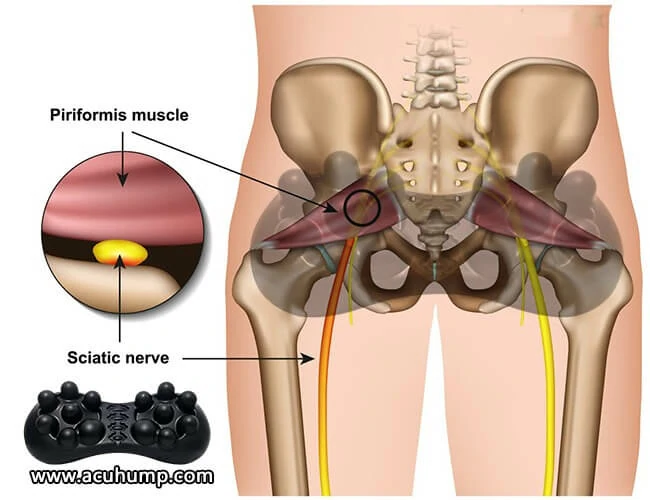
Acu-hump: 30-day return policy.
You have no risk.
Acu-hump
Acu-hump is a piriformis massage tool – specifically designed for the buttocks.
Its unique shape and contours allow for effective self-massage, aiding in relieving tension and reducing discomfort in the buttocks and hips.
Whether performing seated or supine piriformis stretches, you can place the Acu-hump underneath your buttocks. As you stretch, the 14 protrusions of the Acu-hump will penetrate the muscles, utilizing your own body weight to stimulate blood flow, promote muscle relaxation, and accelerate recovery.
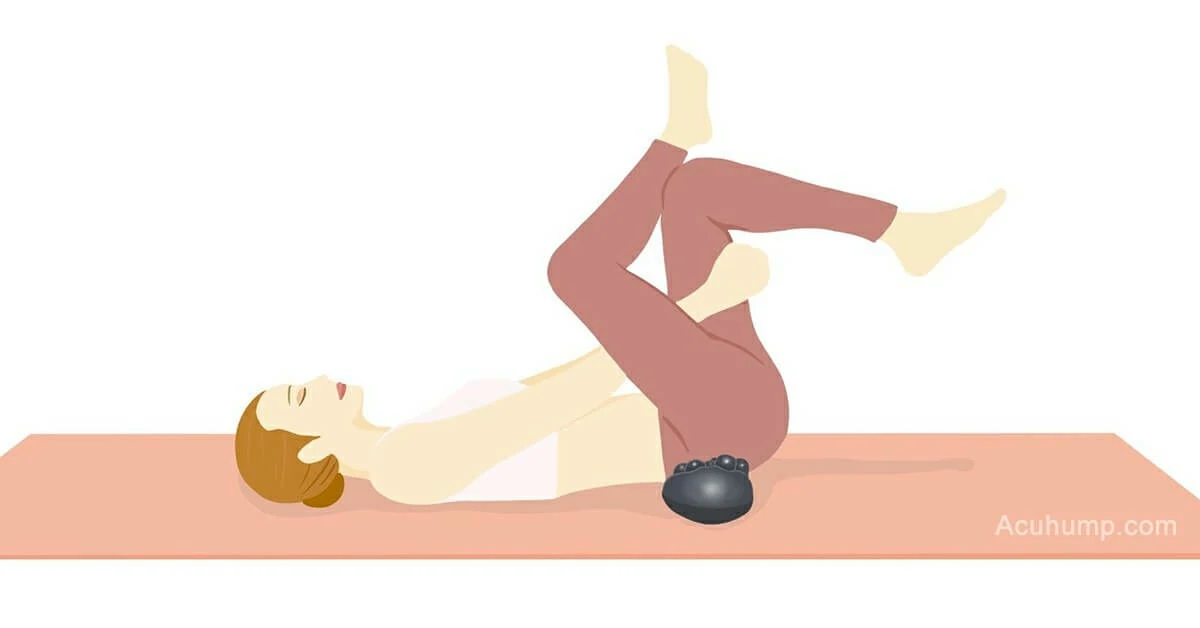
Acu-hump®
Release Butt & Lower Back
Using the Acu-hump as part of your stretching routine can amplify the benefits of the Supine Figure 4 Piriformis Stretch. Incorporating this tool into your routine allows for a deeper release of tension in the piriformis muscle, resulting in greater relief from piriformis syndrome symptoms, including lower back, hip, and sciatica pain.
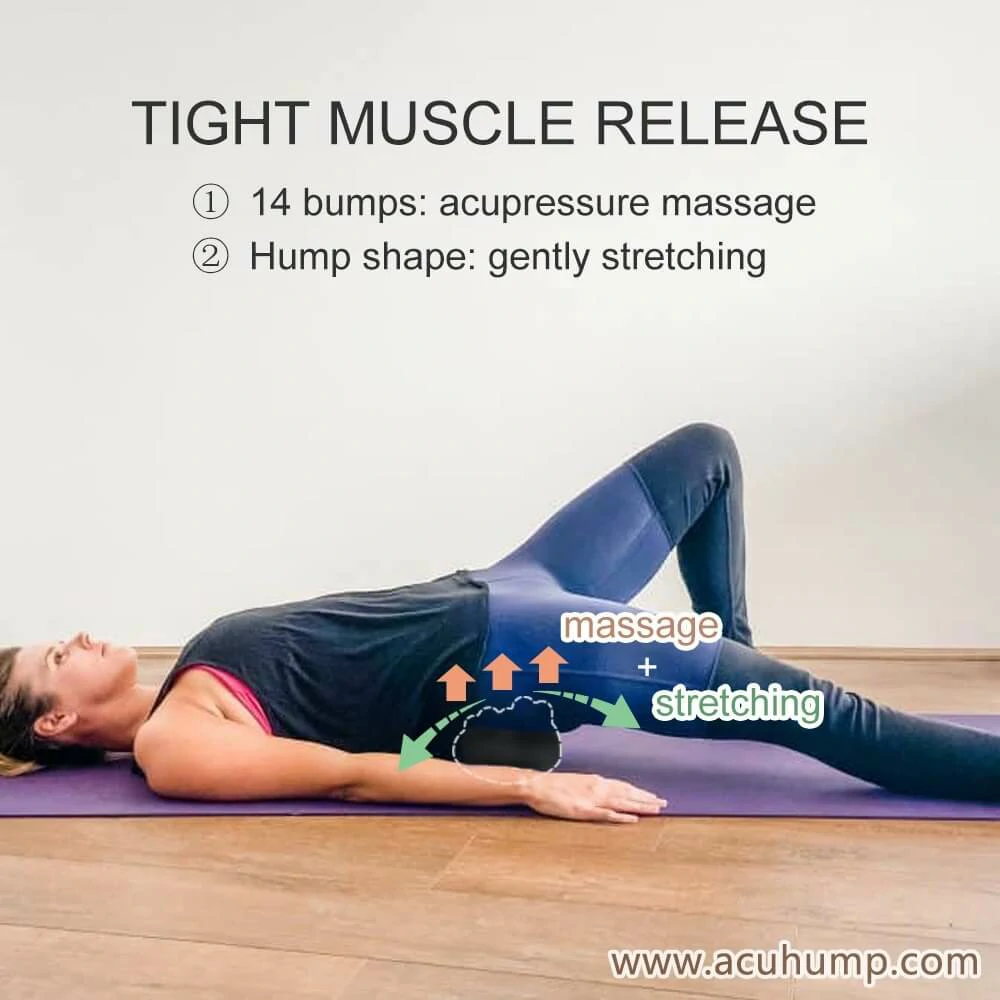
Acu-hump: 30-day return policy. No risk for you.
5. Incorporating the Stretch into Your Routine
For optimal results, it is recommended to perform the Supine Figure 4 Piriformis Stretch at least three times a week. Consistency is key in stretching and maintaining flexibility. Additionally, combining this stretch with other exercises can further enhance its benefits. Strengthening exercises for the surrounding muscles, such as the glutes and core, can provide additional support and stability, reducing the risk of further discomfort.
- Acu-hump Stretching Routine
Weak buttock muscles are often a significant contributing factor to piriformis syndrome. When the lower back and core muscles are weak, the buttock muscles compensate by exerting more force than they can handle. This excessive strain on the piriformis muscle can lead to tightness and inflammation, causing pain and discomfort.
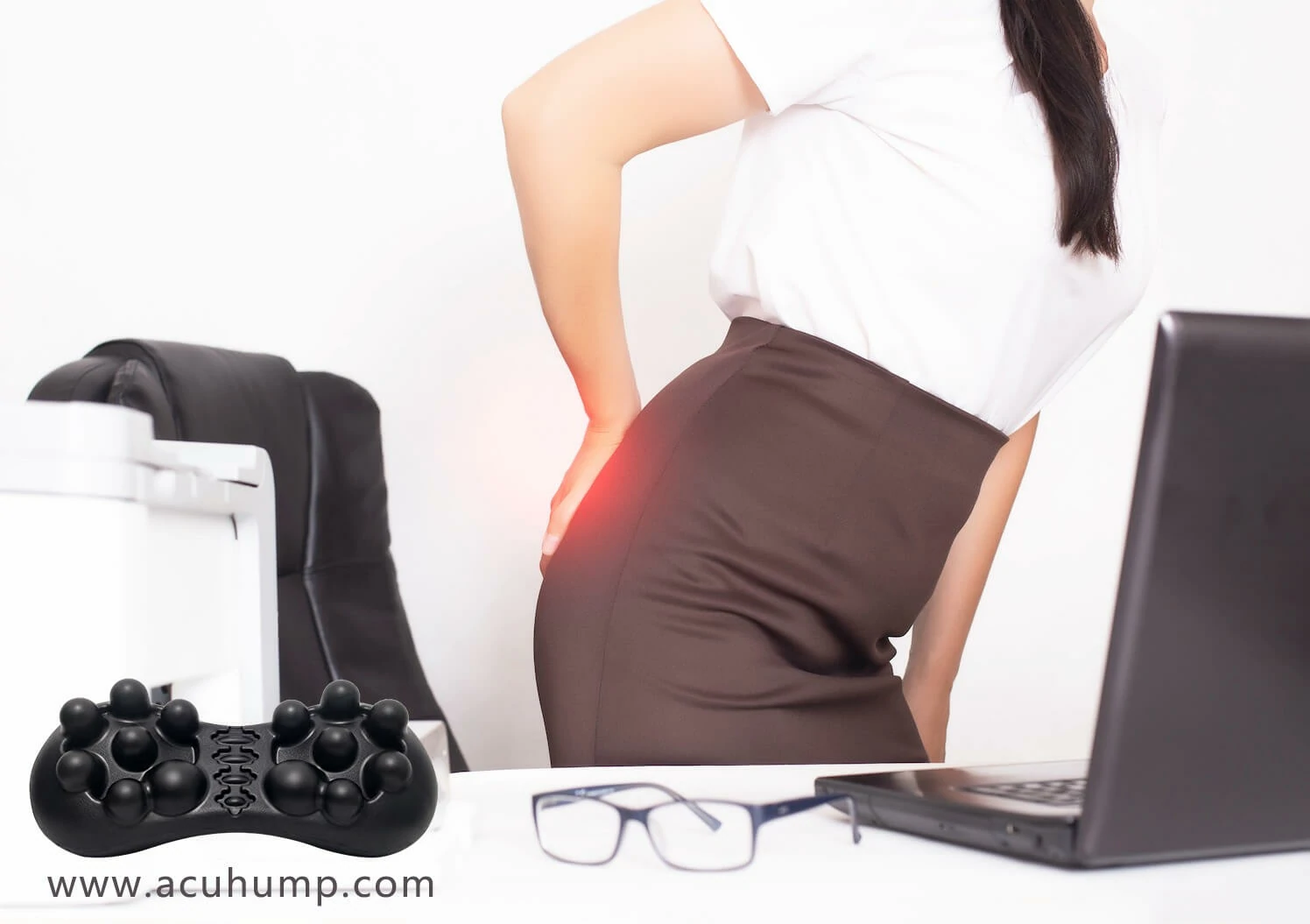
To effectively prevent and manage piriformis syndrome, it is important to target not only the piriformis muscle but also the surrounding muscles in the buttock area.
By incorporating exercises that stretching the lower back and core muscles into your training plan, you can build overall strength and stability in the pelvic region.
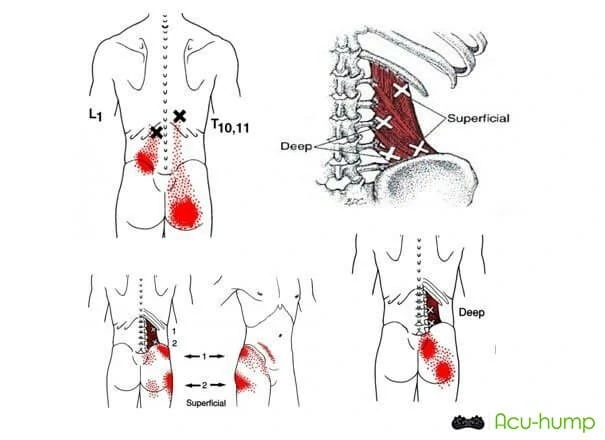
Acu-hump: 30-day return policy. No risk for you.
Don’t wait any longer, pick it up now and start experiencing the benefits!
To achieve a complete relaxation of your piriformis muscle, give this specially-designed 10-minute piriformis stretching routine a try. It takes into account muscle force compensation, ensuring an effective and efficient stretch.
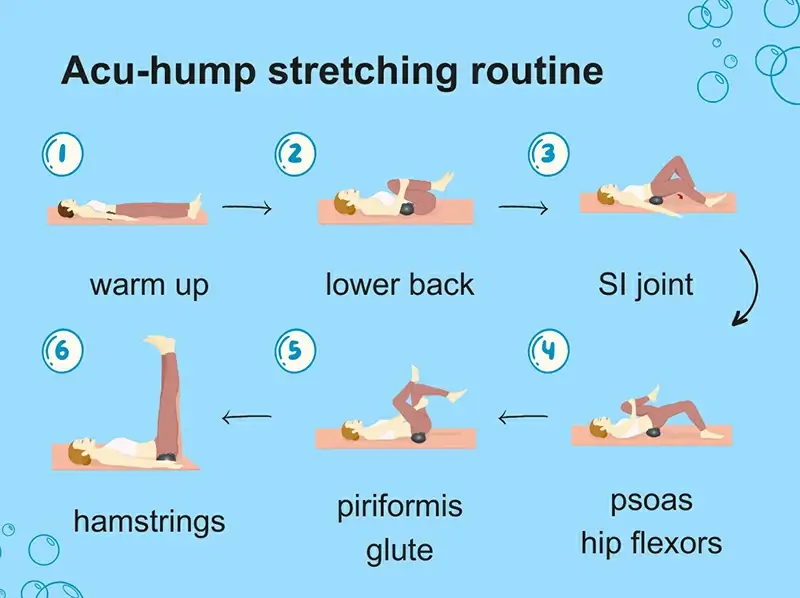

Acu-hump®
Release Tight Piriformis
The Supine Figure 4 Piriformis Stretch, along with the use of an Acu-hump, offers significant relief for individuals with piriformis syndrome or sciatica. By stretching the piriformis muscle, this exercise helps alleviate symptoms, promotes flexibility, and enhances overall well-being. Remember to listen to your body, perform the stretch with correct form, and gradually increase the duration as your flexibility improves.
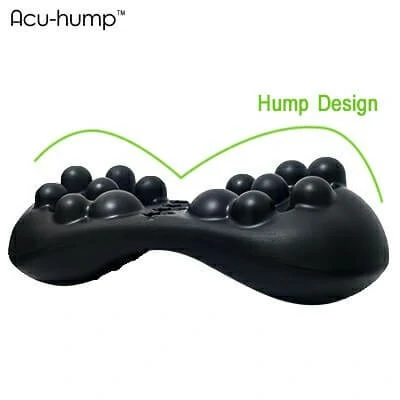
Loosen Your Lower Back and Piriformis
Incorporating this stretch into your routine, along with the potential benefits of the Acu-hump, can significantly improve comfort and quality of life. Start incorporating the Supine Figure 4 Piriformis Stretch into your routine today and experience the relief it can provide.

Acu-hump: Full refund policy. No risk for you.
